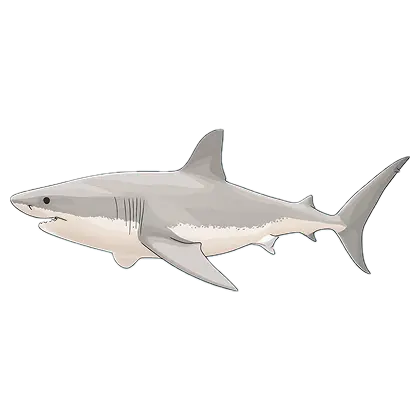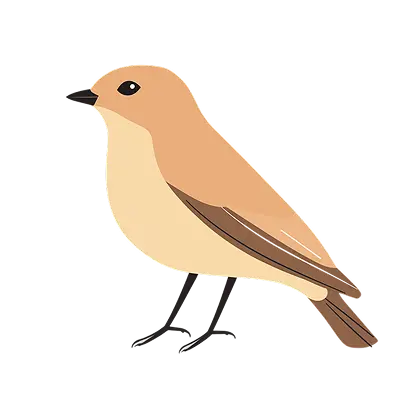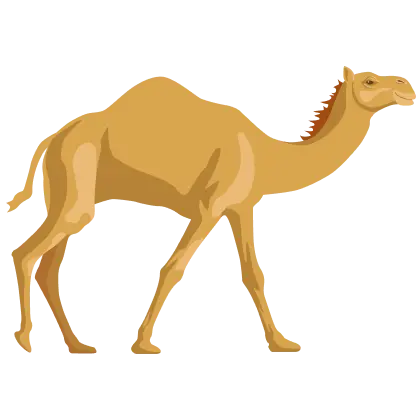

Camel (noun) is a big desert animal which has either one or two humps on its back. People employ camels to transport stuff, ride on and in some instances, to obtain their milk or meat. The long periods of water deprivation of the camels make them very familiar with the hot and dry climates.
How to Pronounce “Camel”?
Say “camel” like KAM-uhl, with the stress on the first part.
Level up your English with Koto!
Examples: How to Use “Camel” in a Sentence?
Working with sentences allows you to observe how to explain what you can say about animals and what their place is. The following are some of the typical applications of the “camel” word:
What Are Synonyms for the Word “Camel”?
Define a camel in context and discuss the associated words that are used to give a greater sense in English sentences.
Related nouns: dromedary Bactrian camel animal
Synonyms (contextual): pack animal desert animal beast of burden
Common collocations: ride a camel train a camel desert camel camel caravan
“Camel” Word Formation with Different Parts of Speech
The definition of camel is not just a meaning, but it is a combination of camel with verbs, adjectives and nouns.
With adjectives: strong camel young camel fast camel slow camel friendly camel
With verbs: lead a camel photograph a camel care for a camel feed a camel
With nouns (noun + noun): camel race camel milk camel market camel caravan
Idioms and Phrases with “Camel”
What does “camel” mean beyond just the animal? Here, you may know its figurative sense, know how it is manifested in popular idioms, have many examples demonstrating how to make use of the word in a natural manner in everyday English.
-
The straw that broke the camel’s back has the meaning of a last small burden or problem that leads to a huge response due to the already accumulated pressure.
After dealing with so many delays, losing her luggage was the straw that broke thecamel’s back. -
Camel through the eye of a needle — a very hard or almost impossible thing.
Getting all the paperwork done in one day was like trying to pass acamel through the eye of a needle.
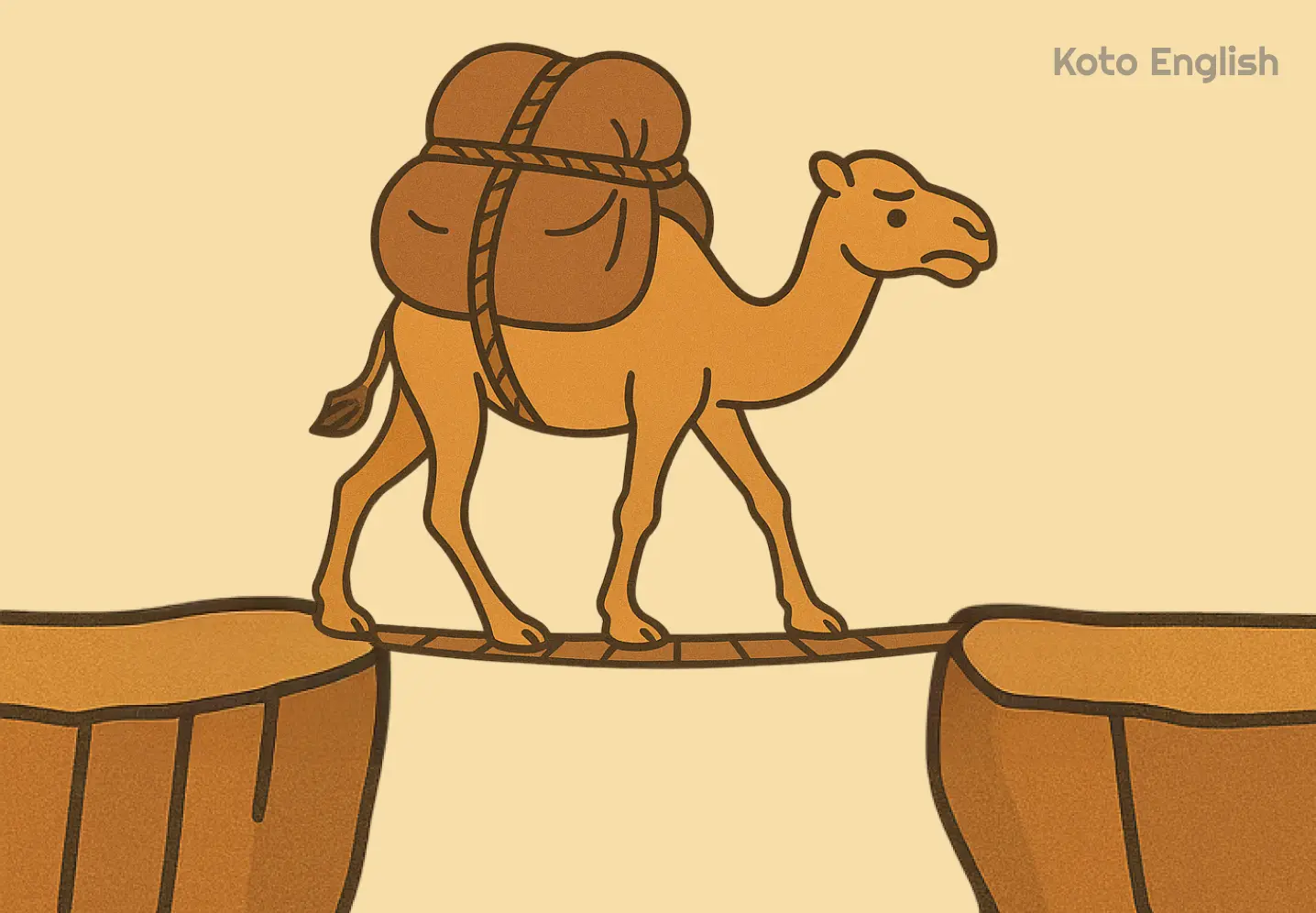
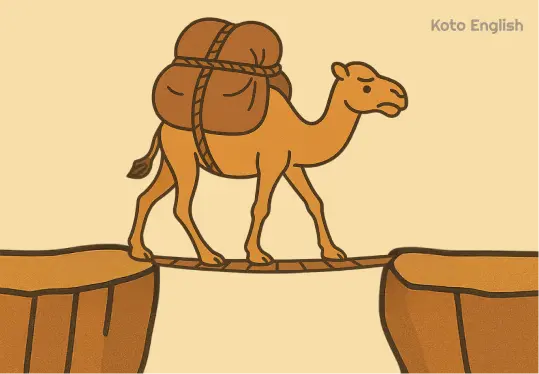
-
Load the camel — symbolically, can be understood as giving a person or a thing more than they could control.
Be careful not to load thecamel with too many responsibilities at once. -
Sleep like a camel — a person who only sleeps a little during the weekdays and sleeps a lot during weekends.
After the long hike, Jack slept like acamel through the entire afternoon.
Do You Really Know What “Camel” Means? Take the Quiz!
Check yourself: how good is your meaning of “camel”? These simple quizzes will help you find out.
Enjoy personalized learning!
How to Say “Camel” Around the World
Find out how “camel” is said in French, Spanish, and German. Camels are legendary desert animals, sometimes called the ships of the desert for their endurance.
| Language | Word for “Camel” |
|---|---|
 Spanish
Spanish |
Camello |
 French
French |
Chameau |
 German
German |
Kamel |
Desert Giants: Amazing Facts About Camels
The camels are amazing desert animals that have some unusual characteristics. These are interesting facts about them:
-
The water that camels are able to consume at a time is tremendous.
The thirsty camel can drink up to 40 liters of water in 15 minutes. This is made possible by this ability, which assists them to travel long distances through the desert, without using water every now and then. -
The humps of camels do not store water.
As opposed to common knowledge, the humps of camels are fat, and they can change it into energy and water during a shortage of food. This has enabled them to survive in the rough desert climate. -
The survival abilities of camels in the desert are incredible.
The camel has long eyelashes, bushy eyebrows and nostrils that can be closed in order to shield them against blowing sand and the sun. Their footing is broad and cushioned so that they can walk on hot, soft sand with ease. -
Extreme heat and cold are no sweat for a camel.
Camels can withstand scorching daytime temperatures above 40°C (104°F) and frigid nights below 0°C, making them well-suited to harsh desert settings. -
For thousands of years, camels have been working animals.
The domestication of camels started 3000-4000 years ago and since then, camels have been transporting people, goods and even water over the deserts.
Words of Wisdom Inspired by Camels
Now that you’ve learned about these desert animals, let’s see how the word “camel” appears in famous sayings and literary quotes.
— Hugh Laurie
Explanation: The quote likens the extreme difficulty of a camel squeezing through the eye of a needle to the challenge a wealthy person faces in creating authentic blues music.
— Gilbert K. Chesterton
Explanation: This statement is a humorous version of identity and the relevance of natural traits. It is the hump of the camel that makes it a camel because the hump stores fat, which helps it survive in the deserts and is the basic character of a camel. What Chesterton is saying is that trying to remove one of the natural burdens or defining qualities of a person might rob them of their identity.
— Allan Sherman
Explanation: Sherman employs the camel as a metaphor: unlike a sleek horse, a camel appears strange and ungainly, formed by numerous compromises. Just as a camel’s appearance is the product of adaptation rather than elegance, committee decisions might become overly convoluted or less elegant when everyone contributes their own thoughts.



